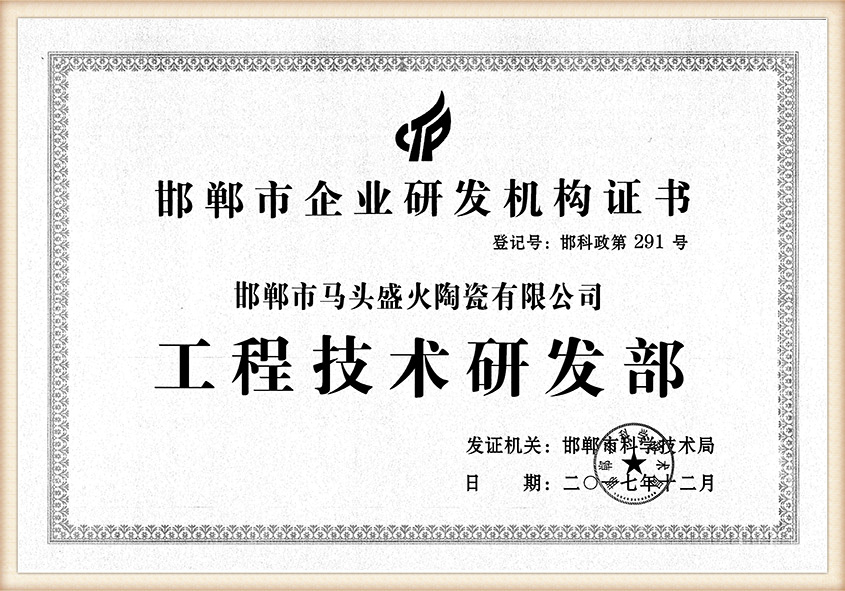Sand Preparation in Foundry An Essential Process
The foundry industry plays a vital role in manufacturing, producing metal parts for various applications. One of the critical processes within foundries is sand preparation, which serves as the backbone for creating molds used in metal casting. This article delves into the importance of sand preparation, the processes involved, and the innovations in sand preparation technologies.
Importance of Sand Preparation
Sand is the primary material used in making molds in the foundry industry. The quality of the sand directly affects the casting quality, dimensional accuracy, and surface finish of the final product. Moreover, well-prepared sand contributes to the efficiency of the casting process, reducing defects, minimizing waste, and improving overall productivity. For these reasons, proper sand preparation is not just beneficial; it is essential for the success of foundry operations.
Types of Sand
The most commonly used sand in foundries is silica sand, owing to its high melting point and abundance. However, different types of sand are used depending on the requirements of specific casting processes. For instance, green sand, which is a mixture of silica sand, clay, and water, is popular due to its plasticity and ease of molding. On the other hand, resin-bonded sands provide excellent finishing and are favored for precision casting applications.
The Sand Preparation Process
The sand preparation process generally involves several key steps
1. Sand Molding Initially, raw sand must be extracted and then processed to eliminate impurities. This often involves washing the sand to remove clay, silt, and other foreign materials. Clean sand is essential for achieving high-quality molds that will not introduce defects into the casting.
2. Additives Mixing After the initial processing, various additives are mixed with the sand to enhance its properties. Common additives include clay, which provides strength and bonding, and chemicals that improve permeability and durability. The precise mix depends on the type of casting that will be performed.
sand preparation in foundry

3. Sand Conditioning The prepared sand is then conditioned. This involves controlling the moisture content, temperature, and consistency to ensure optimal performance during molding. Conditioning machines are often used to achieve the desired characteristics, ensuring the sand can be effectively molded and will hold its shape during the casting process.
4. Reclamation A significant aspect of modern foundries is the reclamation of sand. Used sand, after casting, can be processed and reused, reducing waste and costs. The reclamation process typically includes crushing, screening, and removing any contaminants, thus extending the life cycle of the sand.
Innovations in Sand Preparation
The foundry industry has seen significant innovations in sand preparation technologies. Automation plays a critical role in enhancing efficiency, accuracy, and consistency in the sand preparation process. Advanced mixing systems and conditioning technology allow for precise control over the sand's properties, leading to improved mold-making processes.
Moreover, the adoption of artificial intelligence (AI) and machine learning is becoming prevalent in monitoring and optimizing sand preparation. These technologies can analyze data from different stages of the sand preparation process to ensure consistent quality and allow for predictive maintenance, ultimately lowering downtime and improving production rates.
Environmental Considerations
In recent years, environmental sustainability has become a focal point in foundry operations. The sand preparation process can contribute to the foundry's carbon footprint, necessitating the development of eco-friendly practices. Innovations such as using synthetic sands, which have lower environmental impacts compared to traditional sands, are being explored. Additionally, water conservation measures during the washing and reclamation processes are critical for sustainable foundry practices.
Conclusion
Sand preparation is a foundational element in the foundry industry, impacting the quality, efficiency, and sustainability of metal casting operations. With advancements in technology and a growing emphasis on environmental responsibility, the future of sand preparation looks promising. By focusing on continuous improvement, automation, and sustainable practices, foundries can thrive in an increasingly competitive market while producing high-quality castings that meet the demands of diverse industries.
Post time:ต.ค. . 06, 2024 17:29
Next:what to use to sand resin
